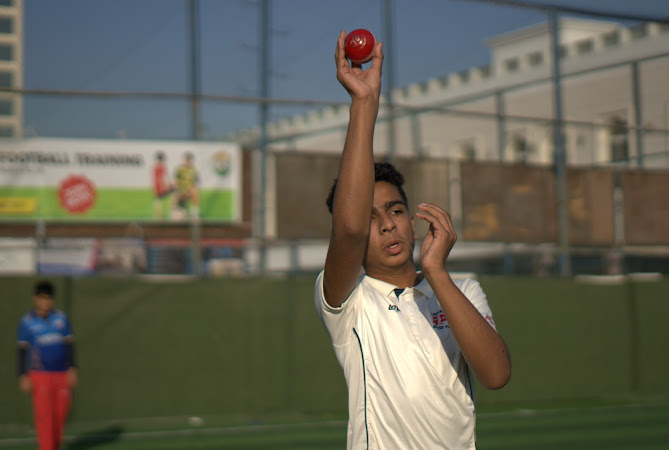Insights from the Cricket Nets
Fielding Fundamentals: Mastering Agility and Precision in the Cricket Nets.
Fielding is an essential aspect of cricket that can greatly impact the outcome of a match. A sharp and agile fielding unit can save runs, create opportunities, and turn the game in their team's favor. To become a proficient fielder, mastering the fundamentals, honing your agility, and developing precise throwing and catching skills are paramount. Through targeted practice sessions in the cricket nets, you can enhance your fielding prowess and make a significant impact on the field.
The art of net practice involves strategies for effective skill development in cricket. Similarly, mastering the fundamentals of fielding is the foundation for becoming a proficient fielder. It commences with comprehending the correct fielding stance, body position, and hand positioning. Collaborating closely with experienced coaches or mentors assists you in refining your technique and establishing a solid foundation. Consistent practice sessions focusing on enhancing your footwork, reaction time, and hand-eye coordination are essential for developing the necessary skills to field with precision.
Agility is a key attribute of a top-level fielder. The ability to quickly move laterally, change direction, and dive to stop the ball or take a catch is crucial in cricket. Incorporating agility drills into your training routine can improve your speed, balance, and coordination. Exercises such as ladder drills, cone drills, and shuttle runs can help enhance your footwork and agility. Practicing sliding and diving techniques, including practicing on specialized fielding surfaces, can also improve your ability to make crucial saves and take spectacular catches.
Throwing accuracy and power are essential components of fielding. A strong and accurate throw can prevent batsmen from taking quick singles or put pressure on them to curtail their scoring. Practicing throwing drills in the cricket nets, focusing on accuracy and speed, can improve your throwing technique and arm strength. Working on your body positioning, aiming for specific targets, and incorporating throwing exercises into your training routine will help develop your throwing skills.
Catching is another critical skill in fielding that can change the course of a match. A safe pair of hands can snatch wickets and create momentum for your team. Practicing catching drills in the cricket nets, with varying speeds and angles of deliveries, can improve your hand-eye coordination and catching technique. Focusing on soft hands, proper hand positioning, and following the ball all the way into your palms are key aspects of becoming a reliable catcher. Additionally, practicing catching under simulated match scenarios, such as catching skiers or taking catches on the boundary, can enhance your ability to hold onto difficult chances.
Communication and teamwork are vital in fielding. Clear and effective communication with your teammates can help avoid collisions, improve field placements, and execute run-out opportunities. It's important to establish a common set of signals and verbal cues to ensure smooth coordination on the field. Regular practice sessions that incorporate fielding drills involving multiple fielders, such as relay throwing and backing up drills, can enhance your teamwork and fielding coordination.
Fitness and agility play a significant role in maintaining high fielding standards. Fielding requires bursts of speed, quick reactions, and endurance to maintain intensity throughout a match. Incorporating cardiovascular exercises, strength training, and agility drills into your fitness routine will help improve your fielding efficiency and reduce the risk of injuries. Focusing on core strength, lower body strength, and quick feet can enhance your overall fielding performance.
Fielding positions require different skill sets, and it's important to develop versatility as a fielder. Practicing fielding drills in different positions, such as close-in fielding, outfield catching, and boundary fielding, can enhance your ability to adapt to different scenarios. It also allows you to understand the specific challenges and requirements of each position, enabling you to contribute effectively wherever you are placed on the field.



Comments
Post a Comment